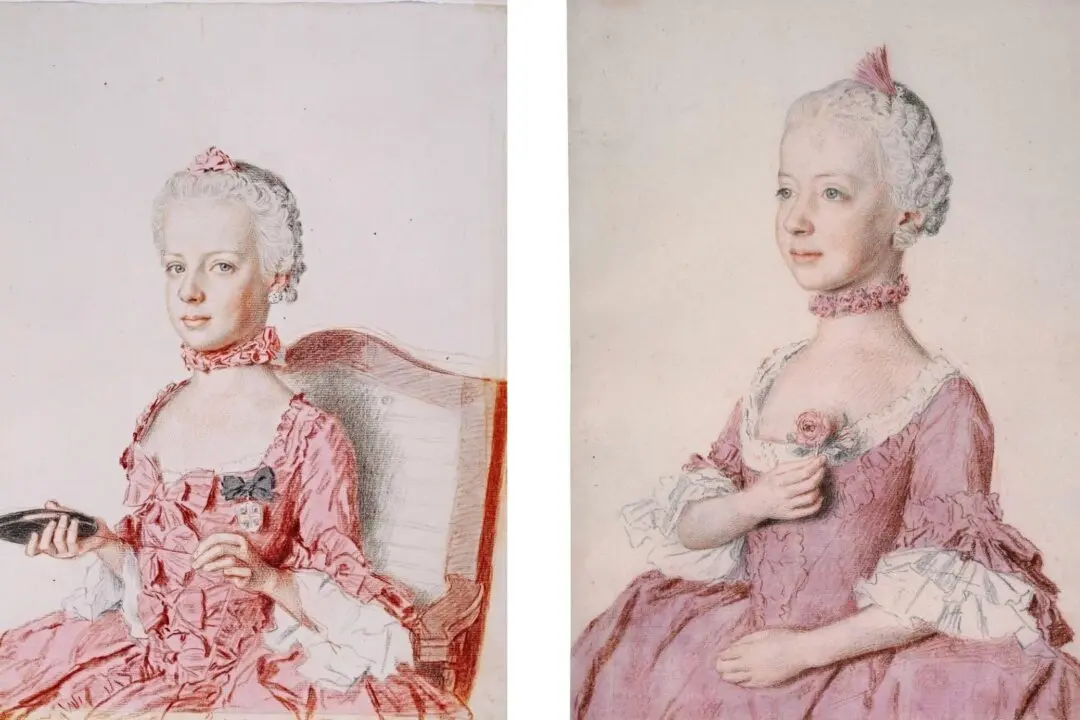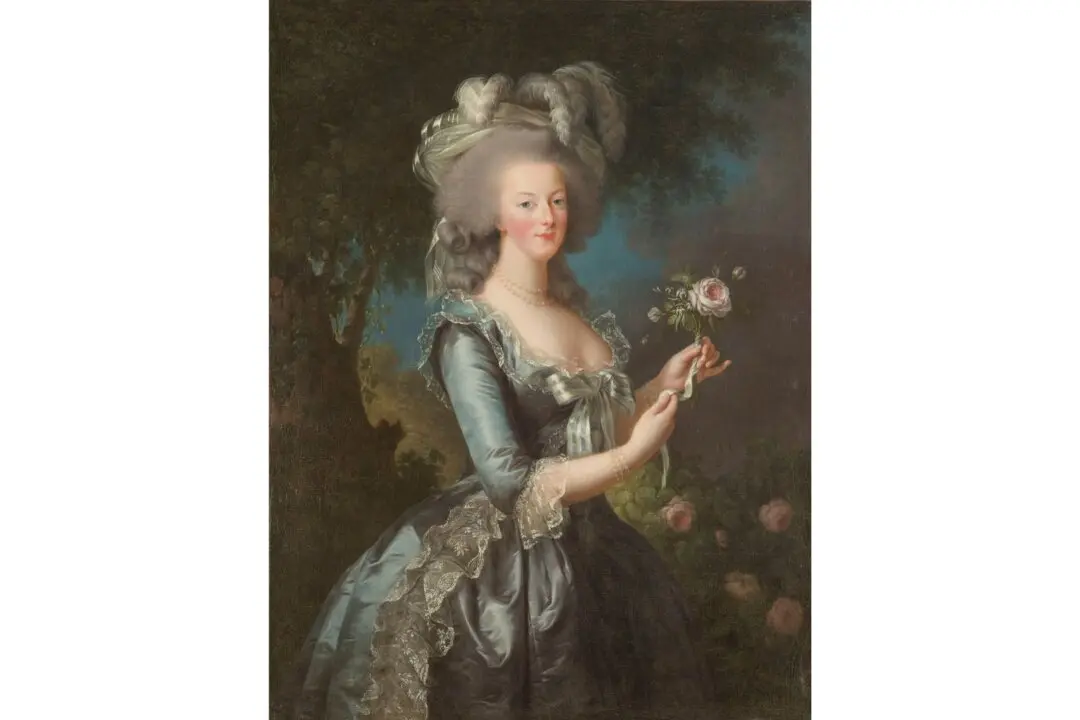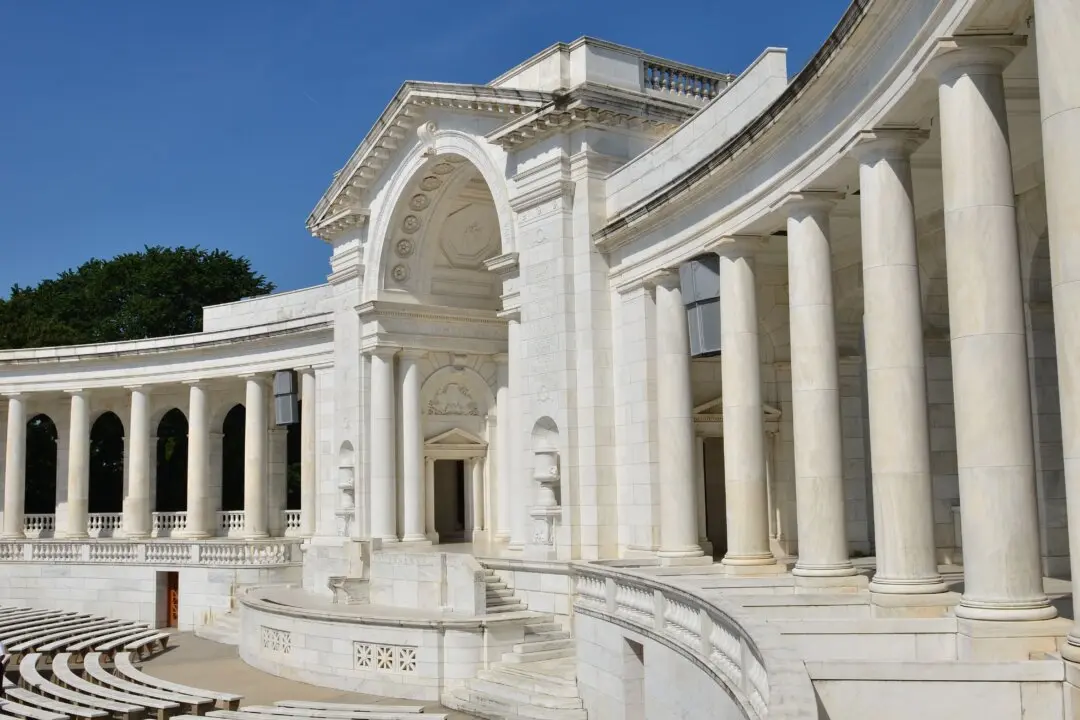In 1820, the preeminent neoclassical sculptor Antonio Canova completed a marble sculpture of George Washington that divided many viewers. Dressed as a Roman emperor, the over life-sized, seated Washington appears middle-aged, relaxed, and confident as he contemplates what he’s written on the tablet he holds.
Canova inscribed “To the Great Nation of the United States of America” on the bottom of the sculpture.






